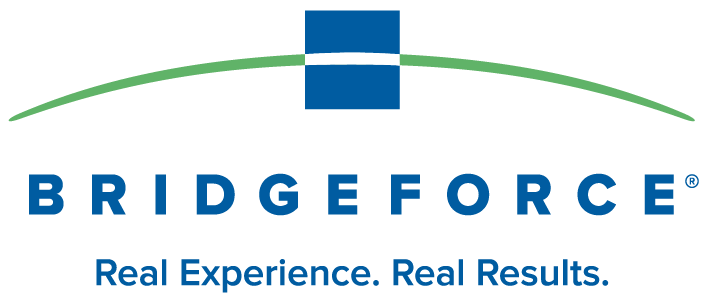
Proactively Managing Credit Reporting Data
Brought to you by Bridgeforce

The mandate that credit furnishers, like banks, provide accurate account data to credit reporting agencies can be overwhelming.
This information is disclosed in files that follow the standard electronic data reporting format called Metro 2u00ae. To manage this tremendous task, banks should proactively focus on maintaining accurate Metro 2u00ae records, which should mitigate any potential harm to consumers.
In addition to protecting consumers, accurate furnishing helps banks avoid unwanted regulatory scrutiny from increased consumer complaints and credit reporting disputes. Regulation V requires that furnishers establish and implement reasonable written documentation regarding the accuracy and integrity of consumer information furnished to consumer reporting companies (CRCs). In fact, the CFPB’s Supervisory Highlights in Spring 2022 cites this violation: “In reviews of credit card furnishers, examiners found furnishers’ policies and procedures had failed to specify how particular data fields, such as the date of first delinquency, should be populated when furnishing information about credit card accounts.”
It’s the responsibility of credit data furnishers to ensure accurate furnishing to CRCs, including that which is generated by third-party processors. Banks need a clear understanding of how well their systems of record map to their Metro 2u00ae files and the ability to generate the right documentation to back them up.
As a senior executive in consumer reporting operations, I have my clients focus on three foundational data furnishing accuracy and control activities. First, we conduct a deep review of the Metro 2u00ae furnishing file that is submitted to CRCs. Then we develop a detailed data mapping and conversion document to examine the system of record code that produces the file. Finally, we examine the organization’s upstream operational processes to identify trigger events and data that affect that file.
Four Areas to Examine Metro 2u00ae Files for Accuracy
Banks should proactively focus on improving furnishing accuracy in four areas: the system of record’s limitations for compliant reporting, the internal logic in the system of record that inadvertently causes inaccuracies, inconsistencies among correlated fields and missing or inaccurate values in the fields. To avoid inaccuracies and potential regulatory red flags, review the activities below. Remember that these also apply to data generated by your third-party processors.
1. Examine your system for limitations that may hinder data compliance, including:
-
- Inability to generate certain Metro 2u00ae file segments.
- Limited capture / storage of information (for example, 6 months versus 7 years).
- Reporting of delinquent accounts greater than 7 years beyond the date of first delinquency.
- Consolidation of data elements into one field requiring manual parsing (surname, first name, middle name)
- Missing logic required to report Metro 2u00ae fields (such as reporting spaces instead of the appropriate generation Code)
- Not flagging required Metro 2u00ae fields as mandatory (like a Social Security number).
2. Review logic that could result in inaccurate reporting, including:
-
- Inaccurately counting days past due for account status assignment.
- Lacking logic to report “last good payment” date after a payment reversal due to non-sufficient funds.
- Mass overwriting of dates (such as date of account information).
- Missing best practice controls (like if account is current and in bankruptcy, the date of first delinquency should not be blank).
- Reporting the most recent actual payment amount value, rather than totaling all payments receiving during the reporting period.
3. Address inconsistencies among correlated fields, including:
- Failure to update all relevant downstream data elements when manually overriding Metro 2u00ae fields (such as account status).
- Inaccurate or incomplete reporting when an account is closed (like date closed is not populated, current balance is greater than $0).
- Inconsistent date progression (like if the date of account information is a date later than the timestamp of the file).
- Inappropriate representation of Metro 2u00ae fields related to account status (such as payment rating is not populated when required or payment history profile does not reflect the prior month’s account status).
4. Resolve missing and inaccurate field values, including:
- Invalid assignment of portfolio type and/or account type values
- Inaccurate values furnished for special comment code, ECOA, consumer information indicator and compliance condition code fields.
- Ensure data accuracy now and for the future.
Now that you understand how to avoid the issues that can harm your consumers, drive credit disputes and draw regulatory scrutiny, take immediate steps to understand exactly how your data is mapping to Metro 2u00ae. If your bank is struggling with capacity or expertise or is new to credit data furnishing, find a trusted expert to help implement both a proven technology data mapping solution as well as the knowledgeable operational support needed to execute it.


